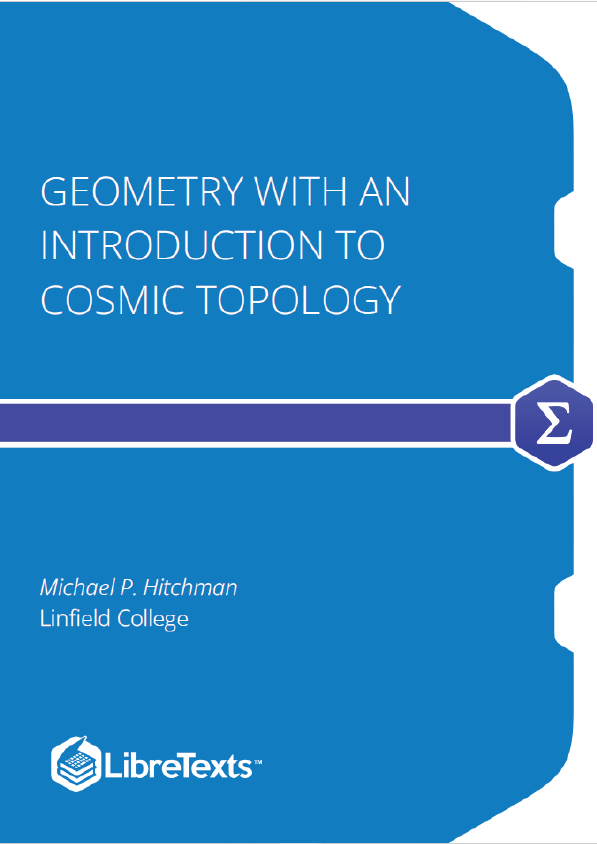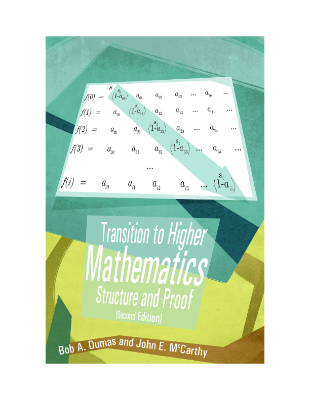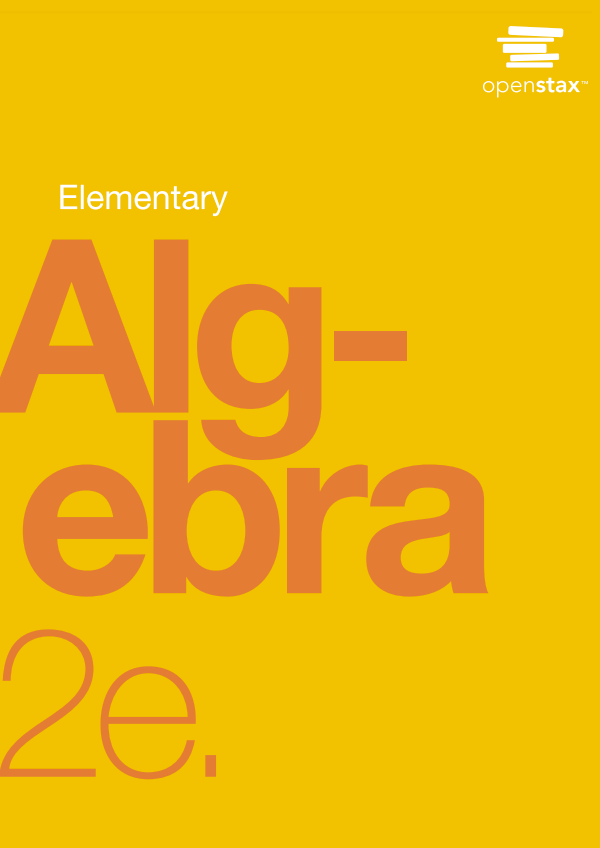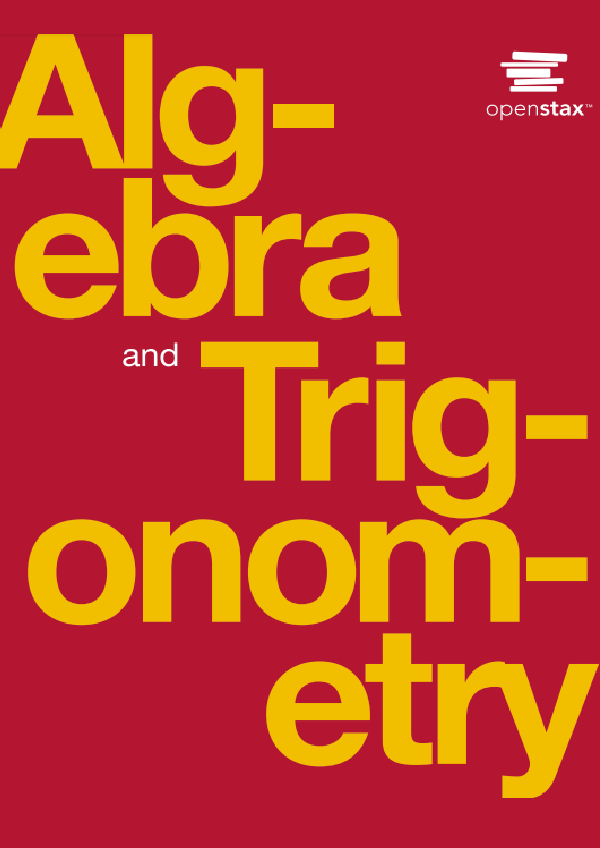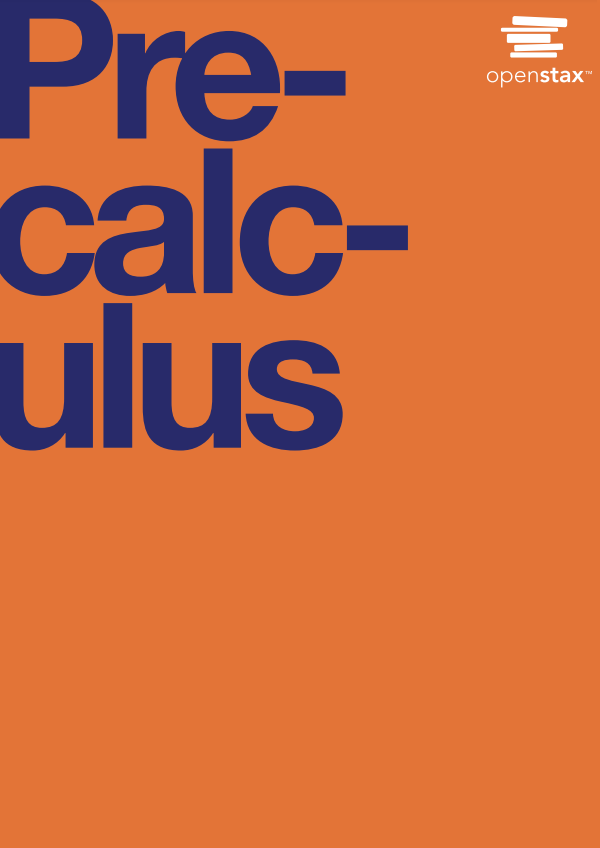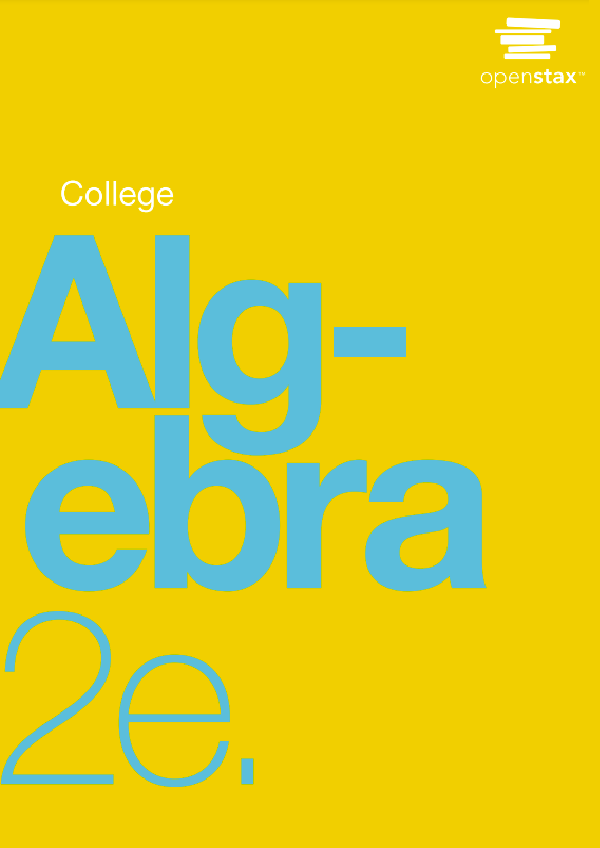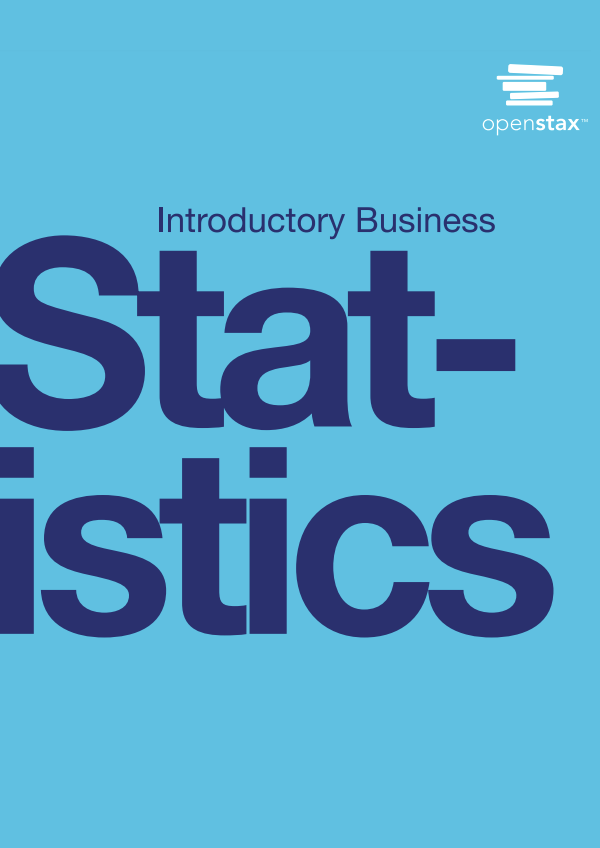Motivated by questions in cosmology, the open-content text Geometry with an Introduction to Cosmic Topology uses Mobius transformations to develop hyperbolic, elliptic, and Euclidean geometry – three possibilities for the global geometry of the universe. The text, written for students who have taken vector calculus, also explores the interplay between the shape of a space and the type of geometry it admits. Geometry is suitable for a semester course in non-Euclidean geometry or as a guide to independent study, with over 200 exercises and several essays on topics including the history of geometry, parallax and curvature, and research aimed at determining the shape of the universe.
An Invitation to Geometry
How can it be that mathematics, being after all a product of human thought which is independent of experience, is so admirably appropriate to the objects of reality?
Introduction
Imagine you are a two-dimensional being living in a two-dimensional universe. Mathematicians in this universe often represent its shape as an infinite plane, exactly like the -plane you’ve used as the canvas in your calculus courses. Your two-dimensional self has been taught in geometry that the angles of any triangle sum to . You may have even constructed some triangles to check. Builders use the Pythagorean theorem to check whether two walls meet at right angles, and houses are sturdy.
The infinite plane model of the two-dimensional universe works well enough for most purposes, but cosmologists and mathematicians, who notice that everything within the universe is finite, consider the possibility that the universe itself is finite. Would a finite universe have a boundary? Can it have an edge, a point beyond which one cannot travel? This possibility is unappealing because a boundary point would be physically different from the rest of space. But how can a finite universe have no boundary?
In a stroke as bold as it is simple, a two-dimensional mathematician suggests that the universe looks like a rectangular region with opposite edges identified.
Consider a flat, two-dimensional rectangle. In fact, visualize a tablet screen. Now imagine that you are playing a video game called Asteroids. As you shoot the asteroids and move your ship around the screen, you find that if you go off the top of the screen your ship reappears on the bottom; and if you go o the screen to the left you reappear on the right. In Figure , there are just five asteroids. One has partially moved off the top of the screen and reappeared below, while a second is half way off the right hand edge and is reappearing to the left.
